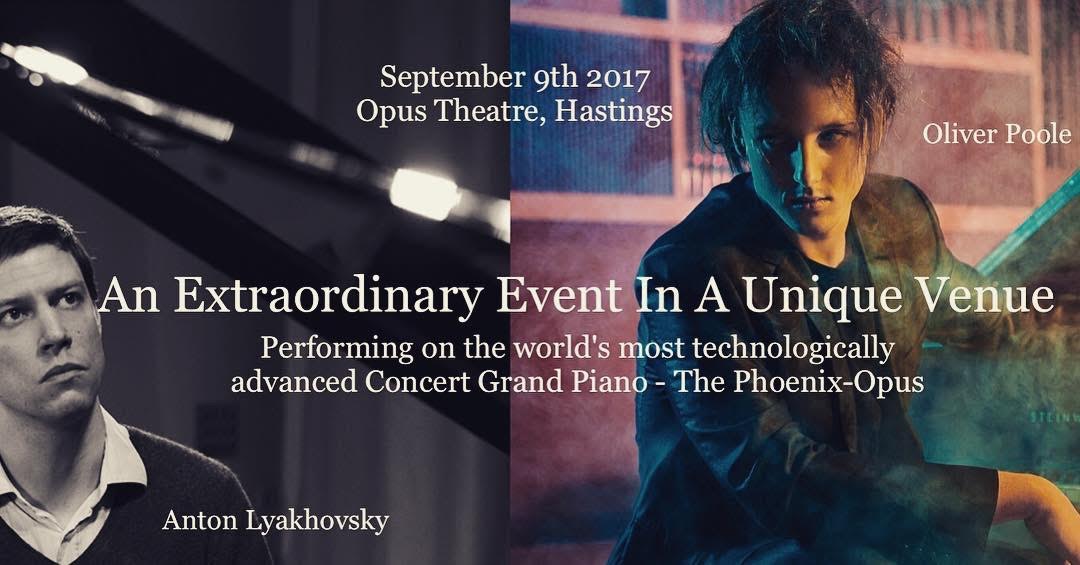Deutsche Kammerphilharmonie Bremen
Parvo Jarvi
Vilde Frang (violin)
Lawrence Power (viola)
This was a concert which grew in scale as it proceeded. We began with a small string orchestra for Erkki-Sven Tuur’s Flamma, augmented to a chamber orchestra for Mozart’s Sinfonia Concertante and finally to a full symphony orchestra for Brahms second symphony. It meant that some players were twiddling their thumbs back stage until after the interval but it also provided a show case for the versatility of this energetic orchestra – there’s so much body movement from players that it’s hard to sit still as you watch although Parvo Jarvi is a relatively unshowy conductor.
The Mozart was the high spot. It’s a real pleasure to hear this glorious, joyful work live with a pair of highly charismatic soloists. I have no idea how well Frang and Power know each other or how much they’ve worked together in the past but they communicate in musically flirtatious twinkles, leaning in towards each other with lots of smiles. At times, especially in the presto, it was like watching a dance. Neither is standoffish and both clearly see themselves as ensemble chamber musicians, often gently playing along with the orchestra. Power is an emphatic player with curiously expressive bouncy knees. The sound blend of their two instruments in the beautiful andante movement is something to treasure.
It is, however, their encore which most attenders at that concert will remember. Both clearly good actors who enjoy a joke they swapped instruments and then proceeded to play Twinkle Twinkle Little Star very badly. Power on Frang’s fiddle gradually ran away with the tune until Frang, in mock exasperation, snatched his bow. Then they played Mozart’s showpiece variations with witty aplomb – all great fun.
At the front end of the programme sandwich, the UK premiere of Flamma by Estonian Erkki-Sven Tuur, was full of nicely executed climbing motifs and glissandi along with lots of busily difficult cross string work. Premiered in Canberra in 2011 the piece was inspired by the Australian experience of fire.
And finally to Brahms 2; a cheerful upbeat work after the angst of the first symphony, as the composer himself said. I enjoyed the freshness of the sound which comes from Jarvi’s splitting first and second violins by putting violas and cellos in the middle – with basses behind the firsts and timpanist in the body of the orchestra. In an understated but quite vibrant performance, Jarvi calmly allows the dynamics to stress the drama, especially in the Allegro con spirito fourth movement with its very soft fidgety string passages contrasted with big Brahmsian melodies.
SE


